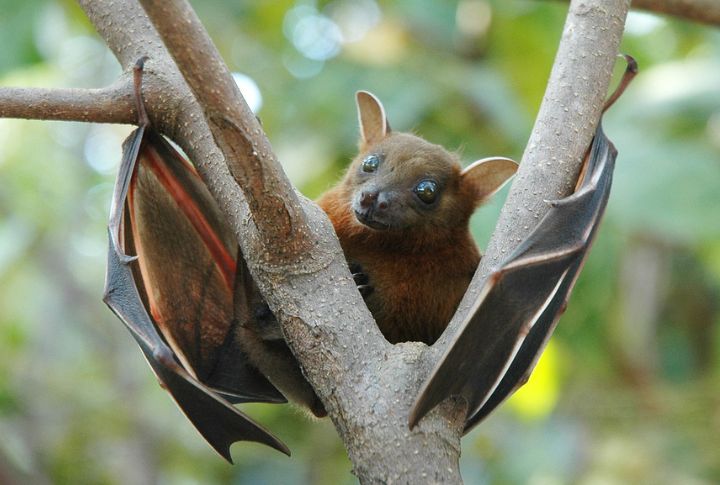
One of the most fascinating creatures in the animal kingdom, bats are often shrouded in mystery and misconceptions. From their unique anatomy to their vital ecological roles, bats excite the imagination of scientists and enthusiasts alike. Let’s explore 15 surprising facts about these remarkable mammals.
Diverse Species
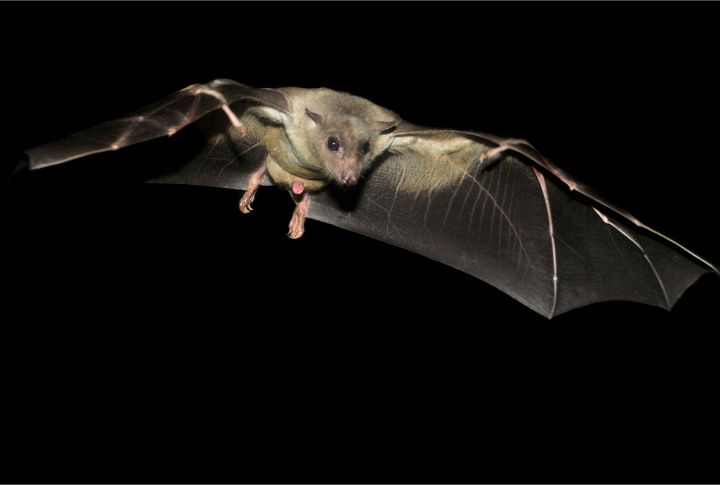
Contrary to popular belief, bats aren’t a single species but comprise over 1,400 species worldwide. They belong to the order Chiroptera, which is divided into two suborders: Megachiroptera (large fruit bats) and Microchiroptera (small insect-eating bats).
Winged Wonders
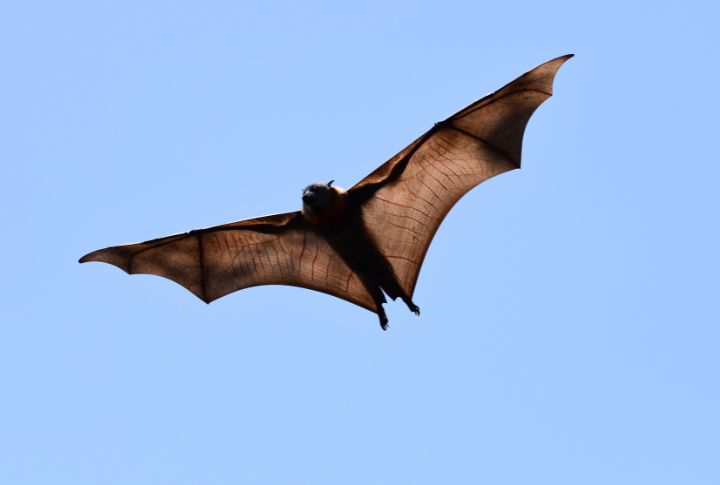
Among mammals, bats are the only ones that can fly for long periods of time. Their wings are composed of elongated fingers covered by a thin membrane of skin, providing both structure and flexibility during flight.
Echoes of the Night
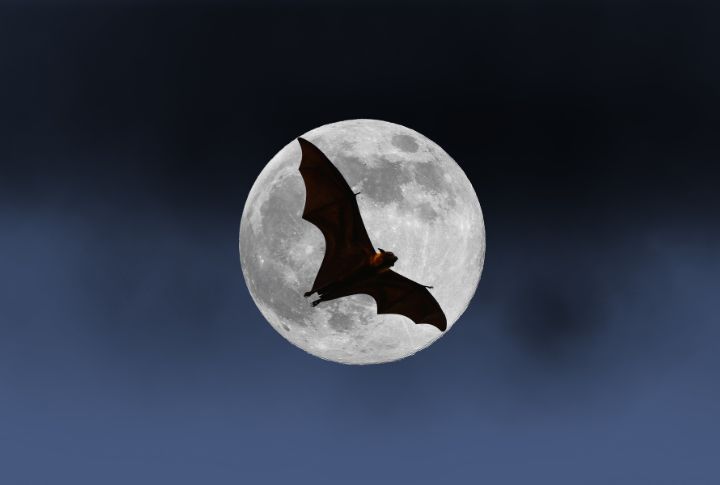
Most bats navigate and locate prey using echolocation, emitting high-frequency sounds and interpreting the echoes that bounce back. This remarkable adaptation allows them to fly and hunt in complete darkness with astonishing precision.
Ecological Engineers
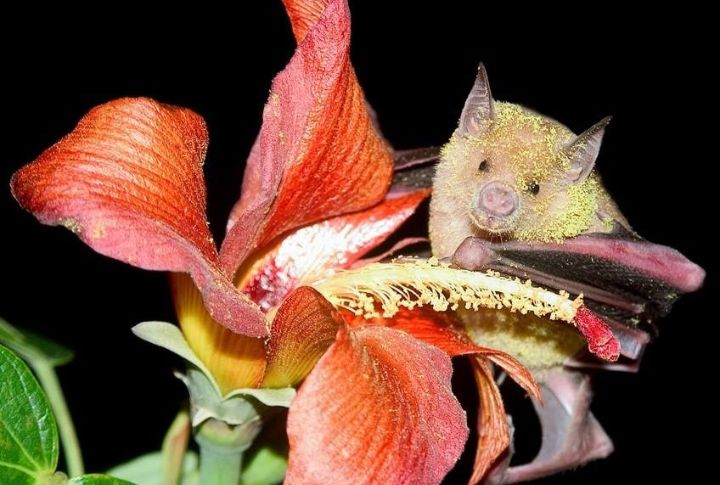
Bats play crucial roles in various ecosystems as pollinators, seed dispersers, and pest controllers. Fruit bats, for instance, aid in pollination by feeding on nectar and transferring pollen between flowers, contributing to the reproduction of several plant species.
Size Matters

While some bat species, like the giant golden-crowned flying fox, boast impressive wingspans exceeding five feet, others are astonishingly small. The bumblebee bat, native to Thailand and Myanmar, holds the title of the world’s smallest mammal, weighing less than a penny.
Longevity and Reproduction
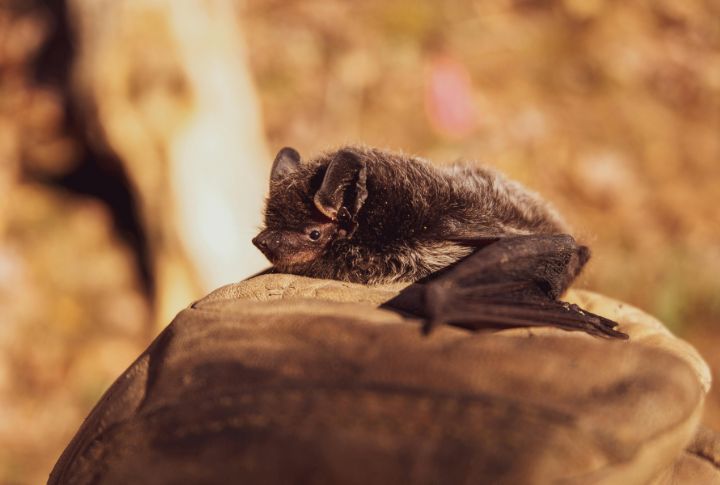
Despite their small size, bats exhibit remarkable longevity compared to other mammals of similar size. Some species can live for over 30 years. Additionally, bats typically have low reproductive rates, with many species producing only one offspring per year.
Habitat Diversity
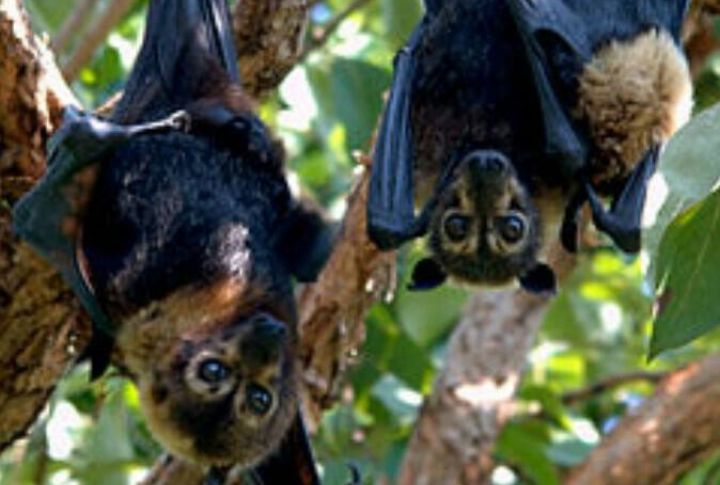
Bats inhabit a wide range of environments, from tropical rainforests to deserts and urban areas. Their adaptability to diverse habitats reflects their evolutionary success and resilience in the face of environmental changes.
Social Structures

Bats exhibit diverse social structures, ranging from solitary species to colonies numbering in the millions. Some species of bats, like the Mexican free-tailed bat, form large aggregations in caves where they roost and raise their young.
Threats and Conservation

Despite their ecological importance, many bat species face numerous threats, including habitat loss, pesticide exposure, and disease. White-nose syndrome, a fungal disease, has decimated bat populations in North America, highlighting the urgent need for conservation efforts.
Cultural Significance
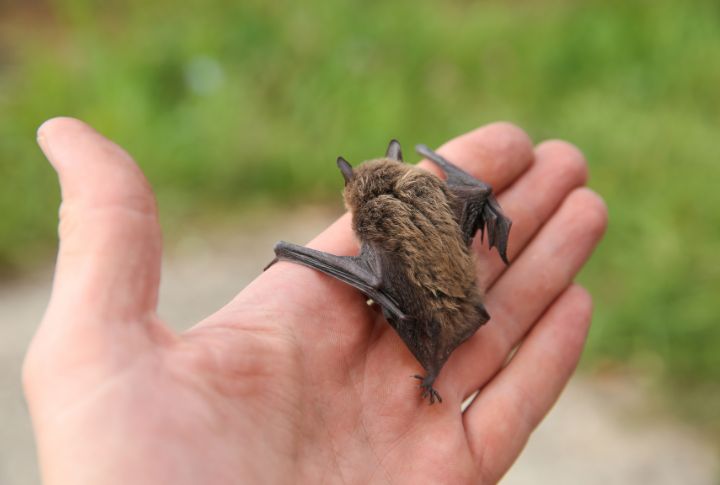
Bats have been depicted in various cultures and mythologies throughout history. Symbolizing good fortune and prosperity in some cultures, they are associated with darkness and superstition in others. Understanding these cultural perspectives sheds light on the complex relationship between humans and bats.
Medical Marvels

Bats have garnered attention from medical researchers due to their unique immune systems and longevity. Studying bat immune responses may lead to breakthroughs in understanding and treating human diseases, including infectious diseases and cancer.
Economic Benefits
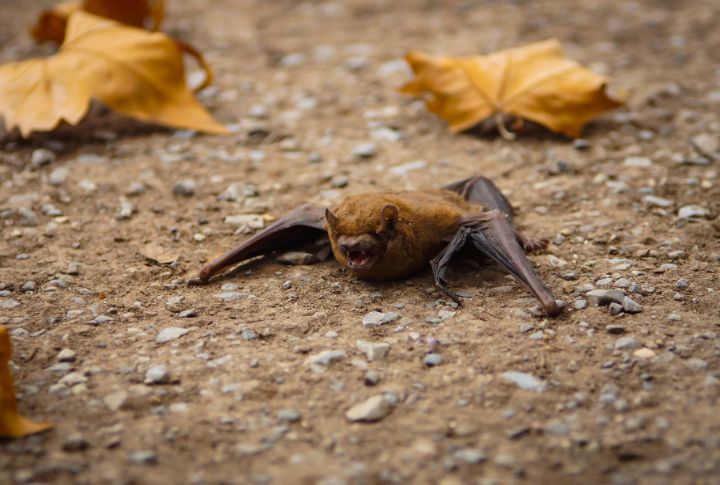
Beyond their ecological roles, bats provide tangible economic benefits to humans. For instance, it is well known that bats contribute to agriculture in a number of ways, including controlling insect pests and reducing the need for chemical pesticides.
Migration Mysteries
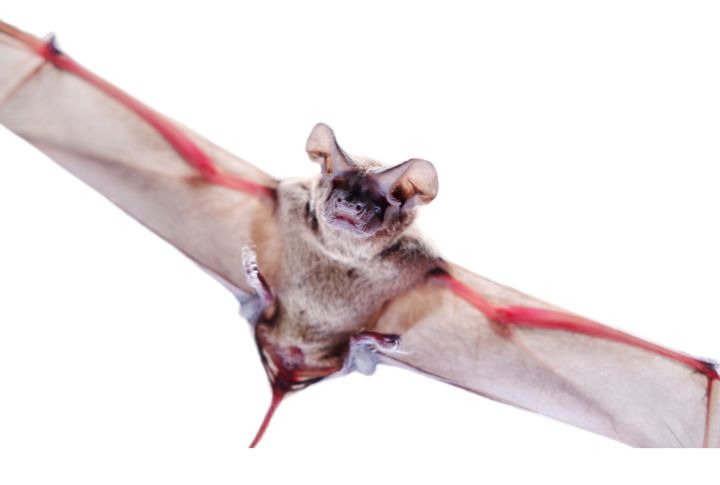
Some bat species undertake remarkable migrations spanning a long distance in search of food and suitable roosting sites. The Mexican free-tailed bat, for example, migrates from Mexico to the southern United States in search of abundant insect prey.
Cave Dwellers
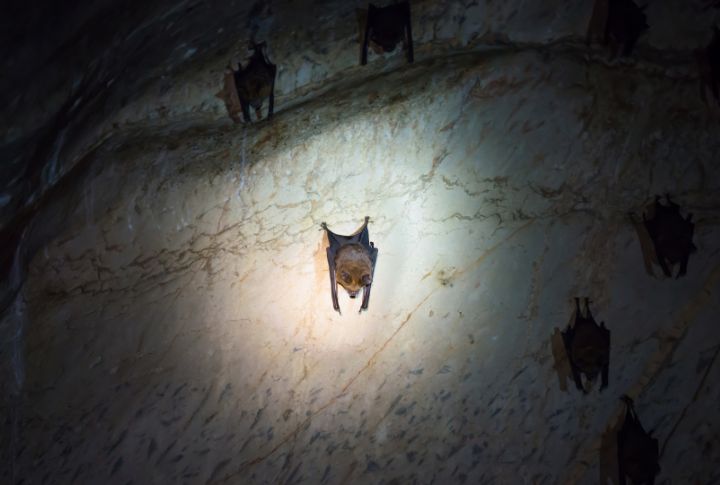
Many bat species roost in caves, utilizing them as sheltered habitats for resting, mating, and rearing young. These cave ecosystems are intricately interconnected, supporting diverse communities of organisms adapted to the dark and humid conditions.
Adaptive Evolution
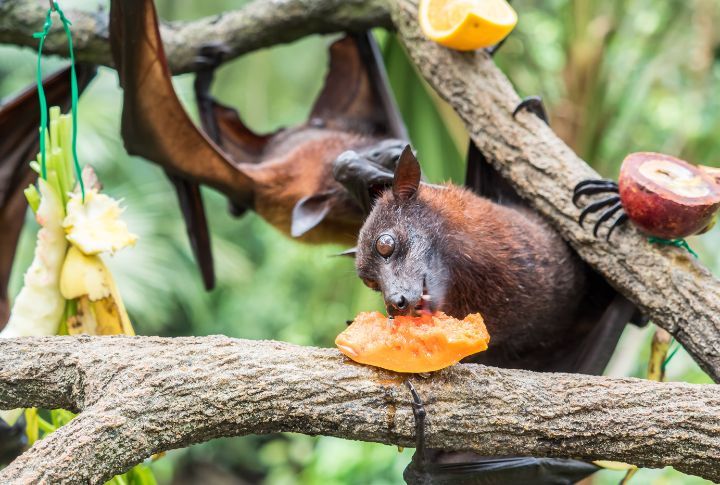
Bats’ evolutionary history is a testament to their remarkable adaptability and resilience. Over millions of years, they have diversified into numerous ecological niches, evolving specialized adaptations to exploit diverse food sources and habitats.


Comments
Loading…